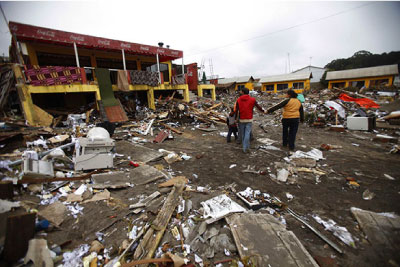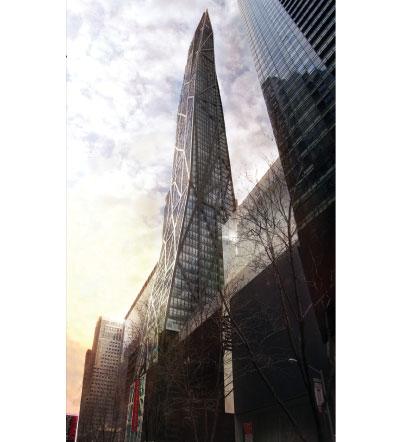

Photography by Roberto Candia/AP via The Guardian UK

Almost fifty years since Chile’s 1960 Valdivia earthquake, history’s largest ever recorded at 9.5, a shattering 8.8 shakedown left Concepcion and the surrounding regions in ruin this past weekend. Yet another coastal calamity that shook Chile at it’s core in Santiago, the devastating blow is significant to Latin America as a whole and will have deep effects in the years to come. Concepcion, the second largest city south of Santiago, was considered by many to be the hub of the country’s progress, known mainly for its industry and education. Although the Chilean people have suffered 711 deaths thus far, according to the Associated Press, they were spared the unimaginable magnitude of death and destruction that has affected Haiti since its earthquake over a month ago. This is due to the country’s past experiences with earthquakes, its preparedness for future ones, stronger building codes and higher construction standards. Of course this has much to do with the vast differences between wealth and poverty in the two countries. Even so, there is tremendous humanitarian need in Chile with over two million people displaced from their homes across a much broader geographical area, and this should not be overlooked by the international community. Nearly 100 aftershocks have hampered the relief effort at this point, but rescue workers are doing everything they can. President Michelle Bachelete has assigned military troops to the rescue, and a curfew is being enforced in an effort to keep looting at bay.




 Facebook
Facebook Permalink
Permalink Digg
Digg Reddit
Reddit LinkedIn
LinkedIn StumbleUpon
StumbleUpon Tumblr
Tumblr

